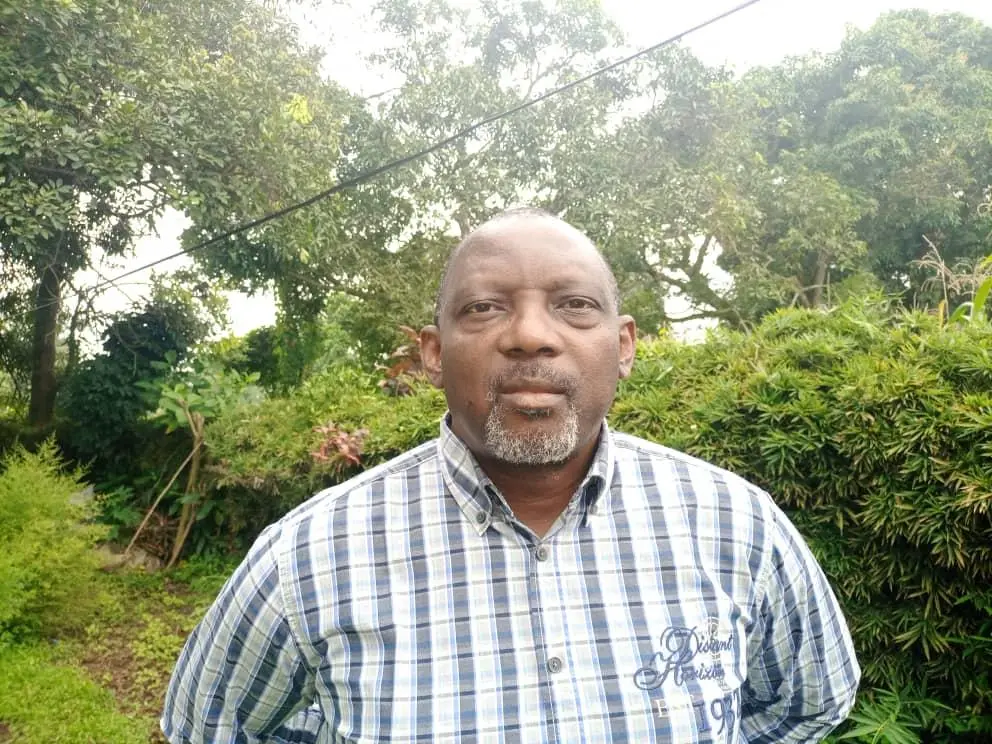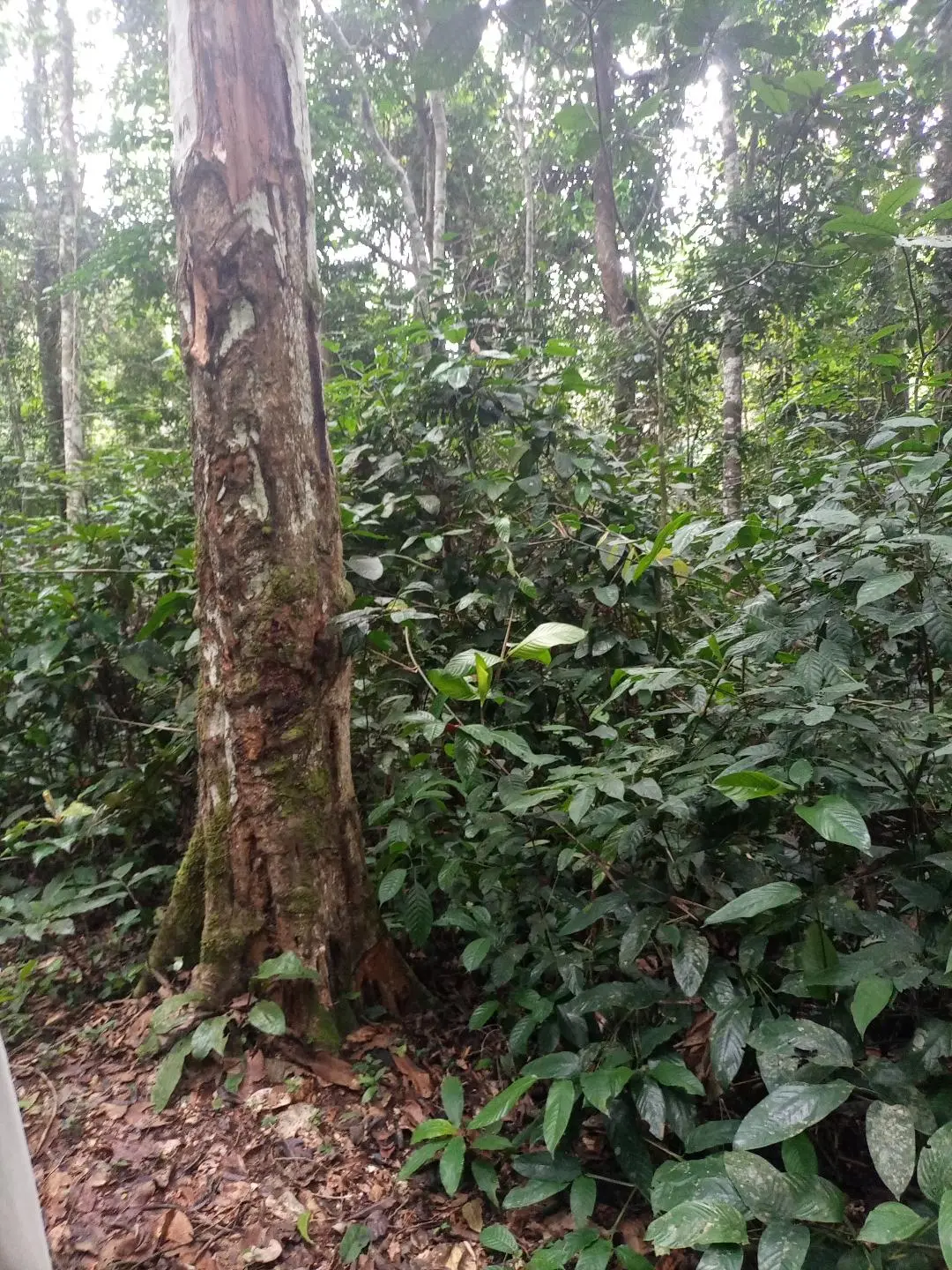This story excerpt was translated from French. To read the original story in full, visit ENQUETEDESOLUTIONS. You may also view the original story on the Rainforest Journalism Fund website here. Our RJF website is available in English, Spanish, bahasa Indonesia, French, and Portuguese.
If this group of people were to disappear, a whole heritage, an ecosystem, would go with it. The way of life of the Indigenous forest peoples, better known as "pygmies," is fundamentally linked to this habitat. In Cameroon, they are found mainly in the eastern and southern regions, which, according to the Ministry of Forests and Wildlife, contain the largest part of the national forest cover, estimated at approximately 22 million hectares, or nearly 46% of the country's surface area.
Like the sacred forests of the Western region (Le Messager n° 6050, Wednesday, July 6, 2022), the sacred forests of the pygmy peoples are threatened. Several factors, including the State, have been identified as the cause of this unbridled degradation. This is a real aberration with regard to the national and international commitments of the State for the preservation of biodiversity and the fight against climate change. It is necessary to mention that the negative impacts of this mess are felt on the sociological as well as ecological level.

As a nonprofit journalism organization, we depend on your support to fund journalism covering underreported issues around the world. Donate any amount today to become a Pulitzer Center Champion and receive exclusive benefits!
For the sake of humanity, the forests of the South must be saved. Intimately linked to the forest, the Indigenous peoples are helplessly watching it disappear because of illegal exploitation. They demand the institutionalization of their own chieftaincies and incorporate the notion of territory to preserve the forest as a guarantee of the protection of their cultural identity and therefore of biodiversity. A concern well identified by Dr. Samuel Nguiffo, an expert in this field. In this related interview, the executive secretary of the Center for Environment and Development (CED) joins the so-called endogenous solutions likely to restore the disturbed balances and made consequent proposals. These are, at certain levels, the recommendations of Dr. Junelle Makemteu, with regards to the forests of the West.

The establishment of community areas is the best way to bring sacred forests, wherever they may be, into Cameroonian law. However, these provisions have mysteriously disappeared from the latest version of the draft forestry law currently being revised. Faced with the crisis that the forest is undergoing, Dr. Samuel Nguiffo, executive secretary of the Center for Environment and Development (CED), suggests finding the best balance between exploitation, conservation, and human uses for local subsistence, and global uses, notably as a reservoir of biodiversity but also of carbon.

To save the sacred forests …They must be identified, they must be inventoried, they must be mapped, and they must be given a status that allows for their full protection.
Dr. Samuel Nguiffo




